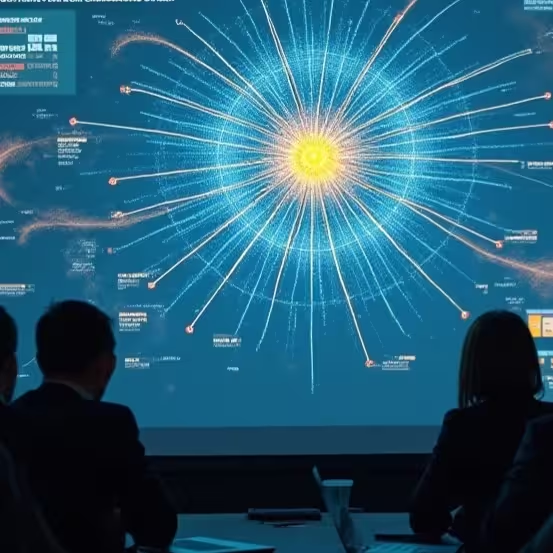The Corvair Engine: A Real-Time Risk Analytics Powerhouse
Graph-Based "Blast Radius" Calculation
We model your entire AI ecosystem—agents, tools, data sources, and users—as an interconnected graph. This allows us to calculate the true potential impact, or "Blast Radius," by analyzing all possible downstream consequences of an agent's actions. We calculate four types of blast radius: Static, Dynamic, Maximum Potential, and Simulated.

The Multi-Dimensional Risk Vector
A simple, one-dimensional risk score is insufficient to capture the nuanced threat posed by an AI agent. Instead, our system computes a Multi-Dimensional Risk Vector, which is a data structure containing a plurality of quantitative scores, wherein each score corresponds to a distinct, interpretable dimension of risk (e.g., Sensitivity, Breadth, Criticality, etc.).

Risk-Informed Policy Enforcement
The dynamic risk score and multi-dimensional risk vector are not just metrics for a dashboard; they are active inputs into your governance controls. You can create powerful, risk-aware policies, such as "If the Dynamic Blast Radius exceeds a score of 80, and the Sensitivity score is high, require human-in-the-loop approval before proceeding." This transforms your risk model from a passive report into an active, automated defense mechanism.
